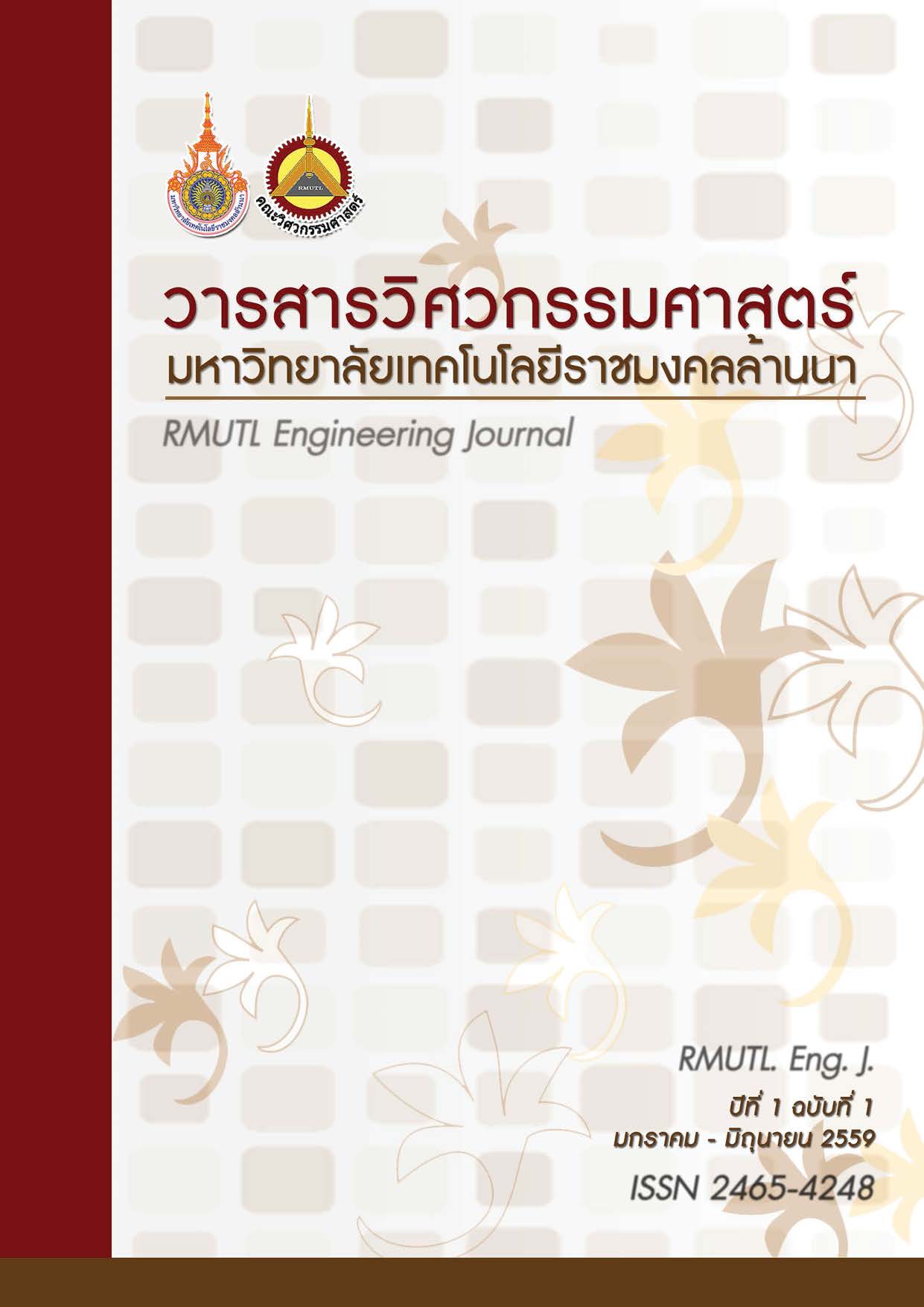Plastic Hinge Relocation of Interior Beam-column Concrete Frames using Longitudinal Intermediate Bars
Keywords:
Interior sub assemblage frame, Plastic hinge, Intermediate bar, Cyclic loadAbstract
This paper presents experimental results aimed at studying the behavior of two interior monolithic concrete beamcolumn sub assemblage frames having different reinforcement details under cyclic loading. The first specimen M1,the joint was seismically detailed according to ACI352R-02 and used as a reference. The M2 specimen was identical to the specimen M1 with additional longitudinal intermediate bars embedded in joint area and two beam edges. From the test results, the longitudinal intermediate bars significantly improved the cyclic behaviors i.e. higher capacity, ductile failure mode, more energy dissipation and decrease of stiffness degradation.
References
2. Hollings, J.P. (1968). A reinforced concrete building in Wellington, Bulletin of the New Zealand Society for Earthquake Engineering,vol. 2(4), pp. 420-442.
3. American Concrete Institute (2014). Building Code Requirements for Structural Concrete (ACI 318-14) and Commentary.
4. American Concrete Institute (2002).Recommendations for Design of Beam-Column Connection in Monolithic Reinforced Concrete Structures (ACI 352R-02).
5. กรมโยธาธิการและผังเมือง (2554). มาตรฐานประกอบการออกแบบอาคารเพื่อต้านทานการสั่นสะเทือนของแผ่นดินไหว (มยผ.1301-54)
6. Bahjat, A.F and James, K.W. (1987). Study of moving beam plastic hinging zones for earthquake-resistant design of R/C building,ACI Structural journal, Jan-Feb 1987, pp.31-39
7. American Concrete Institute (2001).Acceptance Criteria for Moment Frames Based on Structural Testing (ACI T1.1-01).
8. Chopra, A. K., (2011). Dynamic of Structures-Theory and Applications to Earthquake Engineering, International edition, Prentice Hall, New Jersey.










